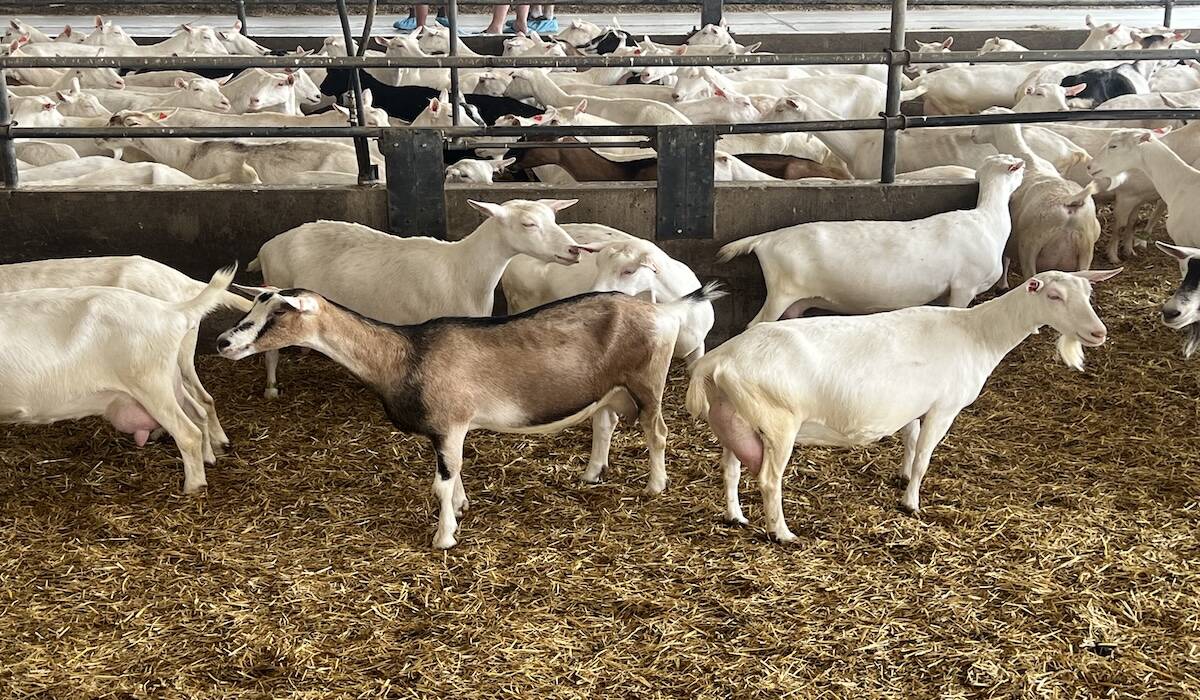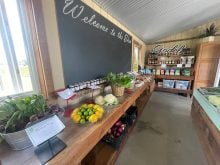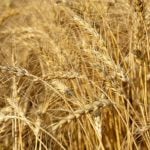Simple technology and a new approach are making it easier to connect farmers and research in Kenya. In a country where agriculture accounts for approximately one third of the country’s GDP and employs about 70 per cent of the rural population, the sector is turning to technology to boost production.
Why it matters: Researchers and agricultural organizations in many countries, including Canada, struggle with finding the best ways to move research from the lab into on-farm practice.
Using a smartphone, WhatsApp, and artificial intelligence (AI), farmers are connecting to agronomic advice, sharing local knowledge, and supporting a two-way flow of information.
Two organizations are leading projects in Kenya that use digital tools to close the gap between research, extension and farmers.
The Artemis Project, an initiative of the Alliance of Biodiversity International and the International Centre for Tropical Agriculture (CIAT), is using smartphone-based AI to make research data collection easier, cheaper and faster and learn from smallholder farmers to help ensure research and agronomic advice meet their needs.
Read Also

Ontario dairy goat producers move toward forming provincial board
Creation of a Dairy Goat Board under the Ontario Farm Products Marketing Commission may be voted on by early 2026.
Traditional agricultural advice mostly flows one way from experts to farmers, and Dr. Stephen Mutuvi believes it’s time to flip that model.
“Farmers are researchers in their own right,” Mutuvi said.
“They experiment with compost mixtures, crop varieties and planting techniques every day. But that knowledge often stays in their heads or in their villages. We want to capture it, organize it, and make it useful to others.”
His team records farmers’ voices — often short audio messages shared through their phones — and runs through AI models that transcribe and interpret local languages. The result is a structured, searchable and shareable database of farmer insights that builds a network of peer-to-peer learning and generates advice that is relevant and grounded in real practice.
At the national level, Mutuvi noted this creates “adaptive, inclusive, and scalable” advisory systems that are continuously updated based on what farmers are actually experiencing in the field.
To ensure reliability, all information is cross-checked by human experts with existing peer-reviewed science. Data is anonymized before it’s shared publicly, and privacy and consent are built into every step.
Software engineer Abigail Wairimu Thuo is part of a team at not-for-profit organization iSDA focused on making sure farmers can get expert advice instantly without needing expensive apps or new technology.
They’ve developed the Virtual Agronomist that delivers tailored agronomic support directly through WhatsApp — so far to more than 250,000 farmers and counting.
Farmers share their location, crop type, and basic soil information such as pH and nutrient levels through WhatsApp, and the system uses a combination of AI and human expertise to generate specific fertilizer and management recommendations for their fields, along with reminders throughout the growing season.
Because not every farmer has access to a smartphone or speaks English, iSDA relies on a network of local “lead” farmers — trusted community members who can use WhatsApp and understand the recommendations — to act as intermediaries and help interpret and apply the advice.
The results have been striking, said Wairimu.
Since launching in February 2024, corn growers in Uganda using Virtual Agronomist have reported average yield increases of 66 per cent, and many Kenyan corn growers have seen yields double, for example.
So far, more than 350,000 farms have registered, exchanging 6.5 million messages in three languages across seven countries and 21 crops.
“We didn’t need to invent a new platform,” Wairimu said. “Farmers already use WhatsApp. The goal was to make it work for them in their language, at their literacy level, and with information that truly fits their fields.”
While Kenya’s smallholder farms differ from Canadian farm businesses, their challenge is similar: how to move research into practice and make technical information accessible, relevant, and timely.
Despite Canada’s advanced research capacity, many innovations still struggle to reach farmers efficiently, to adapt to local conditions, or achieve on-farm implementation.
The Kenyan experience suggests several takeaways: use tools farmers already trust, enable farmer-to-farmer learning, combine AI with human relationships, keep feedback loops alive between research and practice, and value farmers’ own observations as part of the data.














